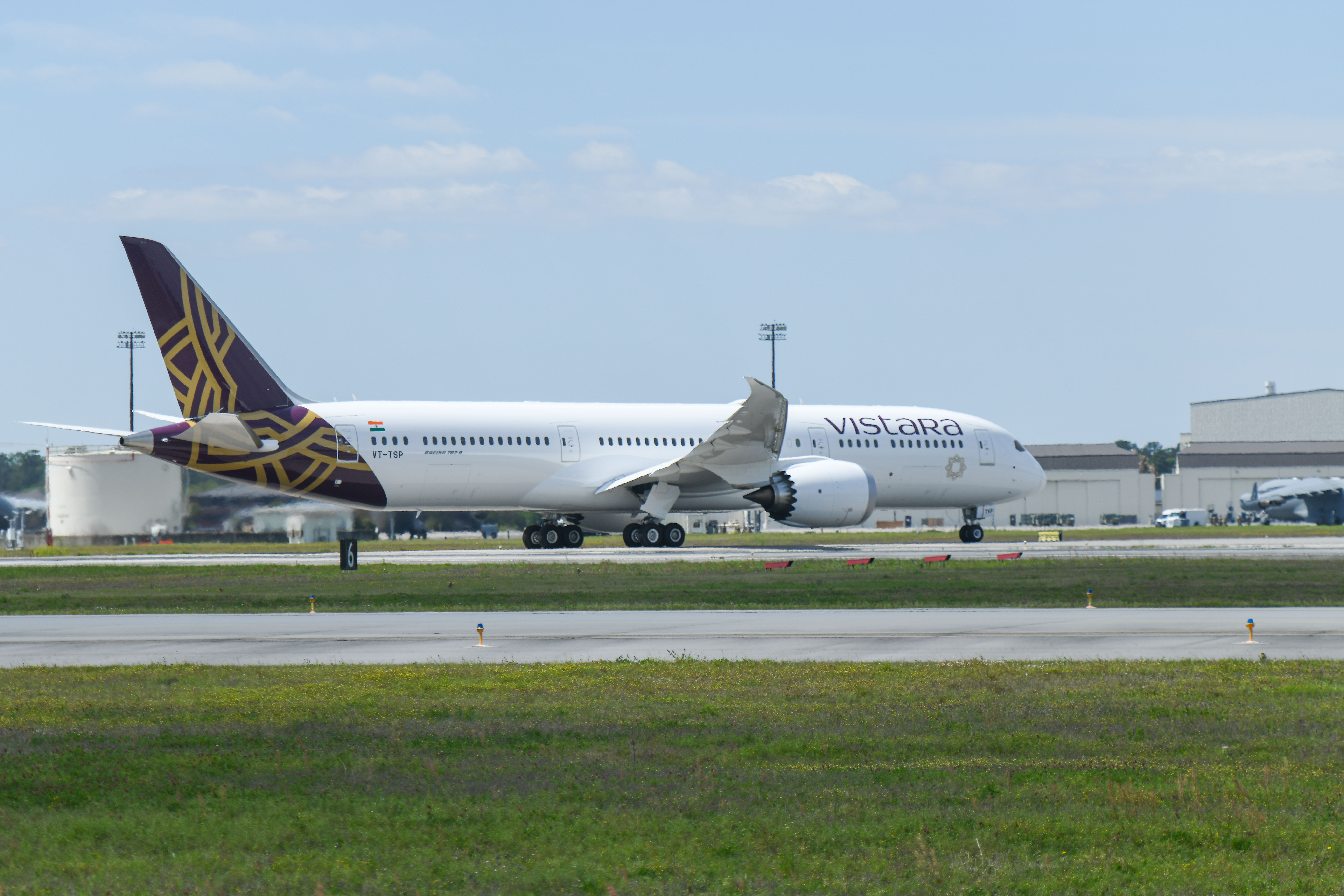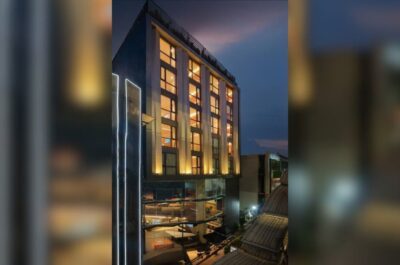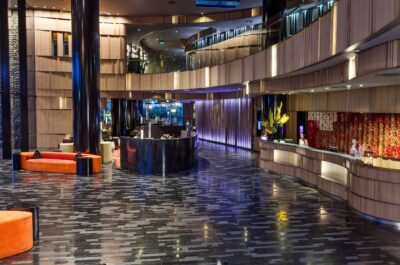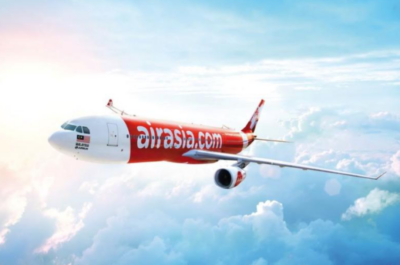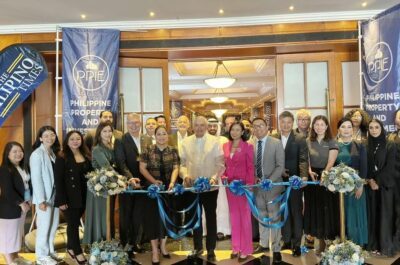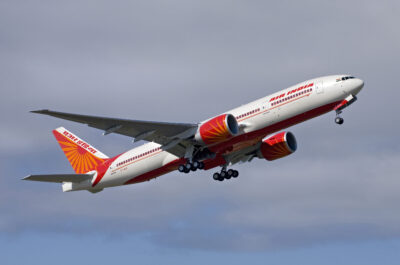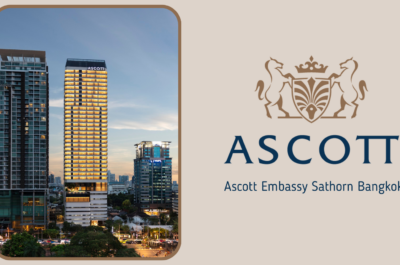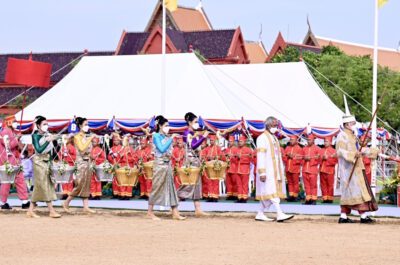Singapore Airlines recently launched its non-stop flight to New York, using the ultra-long range…
Singapore Airlines recently launched its non-stop flight to New York, using the ultra-long range (ULR) aircraft, the A4340-500. Earlier on 3 February 2004, the airline had launched its non-stop service to Los Angeles using the same aircraft.
These ULR flights are the longest non-stop commercial flights in history. Efforts were made behind the scenes to facilitate the launch of these flights started as early as 1998. In particular, the Civil Aviation Authority of Singapore (CAAS) worked with SIA and other parties, to develop a set of rules to ensure pilot alertness during ULR flights.
Background On Previous Regulations
In Singapore and in most other countries, current regulations on flight time limitations allow for a pilot to be on duty for up to 18 hours (this includes flight time and the duration that pilots have to be at the airport before and after a flight). Thus, new rules were needed for the ULR flights, since the pilot’s flight duty period would extend beyond 18 hours.
Flight time limitations rules focus on issues such as the number days off that a pilot is entitled to, rest periods, flight crew number and maximum flying hours. The provisional rules for ULR flights address the same issues.
Before the launch of ULR flights, the rules governing flight time limitations were drawn up based on international best practices. CAAS set up a task force in late 1998 to develop new rules for ULR flights.
This task force was made up of representatives from SIA, the Airline Pilot Association – Singapore, CAAS and the Civil Aviation Medical Board. The process was intensive. The task force looked at scientific studies on flight crew fatigue and examined the history and practice of flight time limitations. It also worked with the Joint Aviation
Authority (JAA) to develop a set of rules using computer modelling. In 2002, CAAS commissioned the European Committee for Aircrew Scheduling and Safety (ECASS) to validate this set of rules can be validated, using actual data from existing long haul flights.
The findings were shared with the US Federal Aviation Administraion (FAA), the Joint Aviation Authority (JAA) and the International Civil Aviation Organisation (ICAO). The study findings were also presented at international workshops in Washington DC, Paris and Kuala Lumpur. These workshops were attended by scientists, airlines, regulators, aircraft manufacturers and pilot union representatives.
The provisional rules can be grouped under five headings:
- a four-men flight crew is required, with at least two commanding pilots (captains)
- the pilots need two rest periods during the flight
- the inflight rest facilities for the pilots must be of a good quality
- Pre- and Post –flight rest periods
- the operator /airline must state specific departure windows from Los Angeles and from Singapore (this will allow for maximum pilot alertness during take-off).
ULR rules tested on actual flights
With the launch of SIA’s ULR Singapore-Los Angeles service in February 2004, data from actual ULR flights can be collected. Data collection on these actual flights started in February and will continue until end July 2004. The data collected will be analysed and used to determine if the provisional rules for ULR flights have to be fine-tuned. A final report should be ready in 2005.
The initial results on the Singapore-Los Angeles ULR flights indicate that the levels of alertness of pilots during actual flights are as good as those seen in current long range operations. More than 200 sets of data have been collected so far from the Singapore-Los Angeles ULR flights.
The provisional rules for the Singapore-Los Angeles ULR flights will be employed on the ULR flights to New York.
Data will also be collected from the new Singapore-New York service. A final report should be ready in 2005.
The instruments used
The equipment/tools used to monitor the flight crew during actual ULR flights are:
- Diaries – to record rest/duty cycle and alertness levels. The diaries are recorded individually by each pilot.
- Activity watch – These are special watches to monitor activity and rest throughout the flight.
- Performance tests using an interactive hand-held computer to test alertness levels of the pilots in-flight, including at the point of descent and after landing.
- Polysomnography (EEGs) – to record data on the quality and quantity of rest taken by the crew in-flight during the two rest periods by measuring brainwaves.
Differences between ULR rules and long range rules
Some differences are:
- Crew composition – A ULR flight must be manned by a four-pilot crew, at least two of whom must be captains [commanding pilots]. On current long haul flights, at least one of the four flight crew members must be a captain.
- Individual rest compartments for in-flight rest on ULR flights. On current long haul flights, the pilot rest compartment is shared.
- Pilots on ULR flights have two rest periods from Singapore to Los Angeles. For current long haul flights, there’s one rest period.
- The airline must have in place a special training program and to issue special guidelines on sleep physiology, alertness management, counter-fatigue measures. (also applied to flight time limitations rules for flight duty period of up to 18 hours)
Vicky is the co-founder of TravelDailyNews Media Network where she is the Editor-in Chief. She is also responsible for the daily operation and the financial policy. She holds a Bachelor's degree in Tourism Business Administration from the Technical University of Athens and a Master in Business Administration (MBA) from the University of Wales. She has many years of both academic and industrial experience within the travel industry. She has written/edited numerous articles in various tourism magazines.



